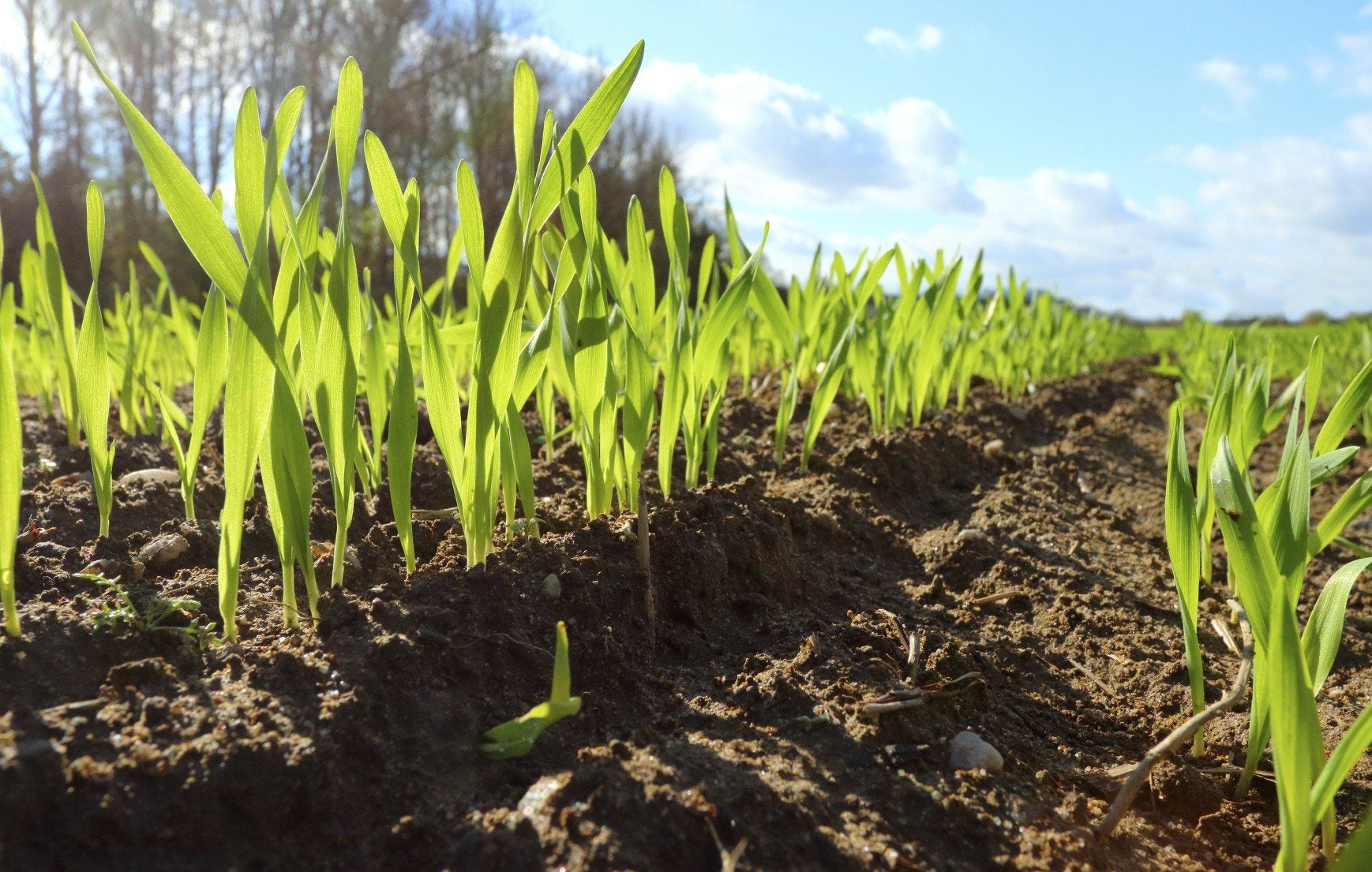Best Cover Crops For Clay Soil: Fixing Clay Soil With Cover Crops


Think of cover crops as living mulch. The term refers to crops you grow to serve some of the same purposes as mulch: to cover and protect fallow soil from weeds and erosion. Cover crops can be tilled back into the soil to improve its nutrients or organic content. This is useful for fixing clay soil with cover crops. Read on for information about cover crop plants for clay soil.
Using Cover Crops to Improve Clay Soil
Clay soil is problematic for gardeners since it is heavy and doesn’t allow water to drain through easily. Many common garden crops and ornamentals require well-draining soil for the best growth. Clay soil has advantages as well as disadvantages. Unlike sandy soil, it holds whatever water and nutrients come its way, but it is heavily goopy when wet and hard as bricks when dry. The key to working with clay soil is to add organic material to it. One way to do this is to start using cover crops to improve clay soil.
Cover Crop Plants for Clay Soil
Since organic matter will make your clay soil easier to work with and better for your plants, your job is to decide what form of organic matter to use. You can work in 6 inches (15 cm.) of raw materials, like chopped leaves or fresh manure, in autumn and allow the soil microbes to break the material into the humus your plants need. Another option, and perhaps an easier one if you have time and patience, is fixing clay soil with cover crops. You’ll have to plan ahead since you want to plant these in your garden well before you plant your veggies or flowers. Depending on the cover crop you choose, you can till these under before they go to seed. Their bulk will both loosen the clay soil and add extra nitrogen to boost the garden crops later.
Best Cover Crops for Clay Soil
Some of the best cover crops for clay soil are clover, winter wheat, and buckwheat. You can also select crops with deep tap roots, like alfalfa and fava beans, to pull nutrients into the topsoil from the subsoil while, at the same time, breaking up the compact clay. Plant these crops in the fall, after the rains begin so that the soil is softer. Allow them to grow all winter, then till them into the soil in the spring before they seed. For maximum organic content, plant a second cover crop in spring to be tilled under in autumn. A full year of cover crops may be what you need to make your garden happy.
Sign up for the Gardening Know How newsletter today and receive a free copy of our e-book "How to Grow Delicious Tomatoes".

Teo Spengler is a master gardener and a docent at the San Francisco Botanical Garden, where she hosts public tours. She has studied horticulture and written about nature, trees, plants, and gardening for more than two decades, following a career as an attorney and legal writer. Her extended family includes some 30 houseplants and hundreds of outdoor plants, including 250 trees, which are her main passion. Spengler currently splits her life between San Francisco and the French Basque Country, though she was raised in Alaska, giving her experience of gardening in a range of climates.